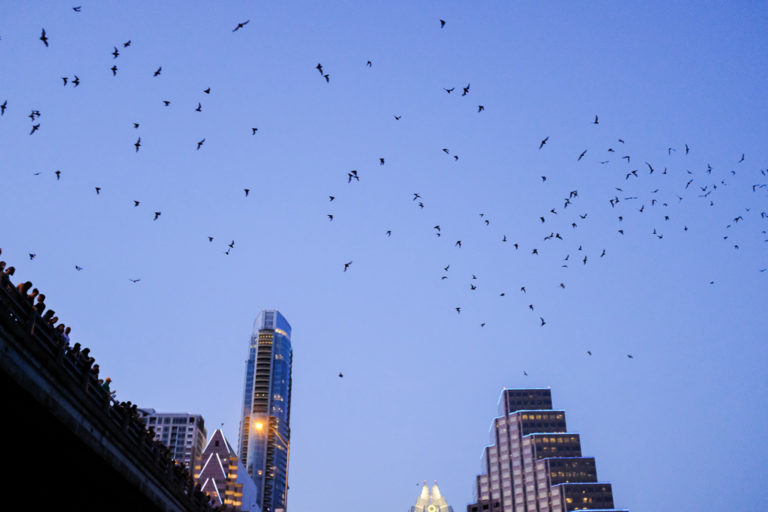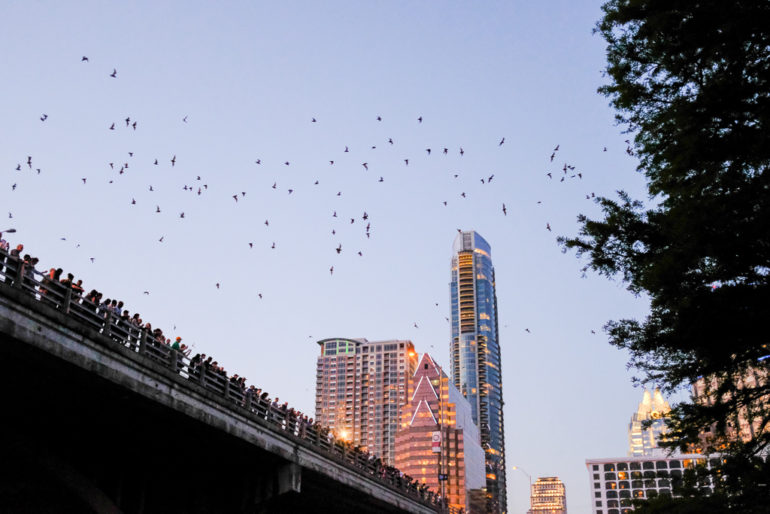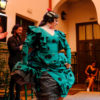When I first visited Austin, I expected a few things: Texan barbecue, southern hospitality, and a vibrant music scene. It’s the home of iconic stores like Allen’s Boots, as well as beloved companies like Outdoor Voices and Alamo Drafthouse. What I didn’t realize, however, was the city’s obsession with bats.
In a gift shop in Austin, I was surprised to find several t-shirts with bats, sporting phrases like “city of bats” and “bat capital of America.” Turns out that these creatures of the night are a significant source of pride for the city.
Austin houses the largest urban bat colony in North America, most of which are living beneath the South Congress Avenue bridge. How they made their homes there was a total accident. When the bridge was redesigned a few decades ago, it contained many crevices and gaps that attracted bats returning from their winter stay in Mexico. Today, there’s an estimated number of 1.5 million bats underneath that bridge.
Bat season is from early spring to late fall, and it’s a big deal. According to Austin’s Convention and Visitors Bureau, tourism from bats has brought in around $10 million annually. There are boat tours, viewing platforms, and parks where people gather to watch the evening migration of bats, as they emerge from the bridge to hunt for insects.



I was able to witness one of the migrations, and it was an amazing sight. It was incredible just to see how many people showed up, all waiting patiently (sometimes hours beforehand) for the bats. When the bats first start flying out, it’s hard to notice—they just look like a few specks of black against the sky. But soon, those few specks turn into a dense cloud of dots, and it takes a while for them to all come out.

Though the bats are celebrated now, they weren’t always met with such a welcoming attitude. Austin’s residents used to be afraid of them because of their association with rabies. At one point, there were more bats in the city than humans, and there were petitions to exterminate them. However, a man named Merlin Tuttle helped sway popular opinion. He founded an organization called the Bat Conservation International and led education efforts to help people embrace bats and recognize that their excessive fears were unfounded. In less than half a century, bats turned around in the public eye fo the better.
The history of bats in Austin reminds me of how things can be completely rebranded, no matter how much they’re detested originally. Lobsters, formerly labeled the “cockroach of the sea,” used to be prison food—and now they’re high-end delicacies. According to my parents, sweet potatoes were considered “poor man’s food” in China and now they’re a trendy superfood. Similarly, milk was a drink that nobody cared about, and yet the “Got Milk?” campaign was so popular that the drink became a staple in the American diet. The campaigns and histories behind these products shows that, perhaps, nothing is inherently dislikable.


